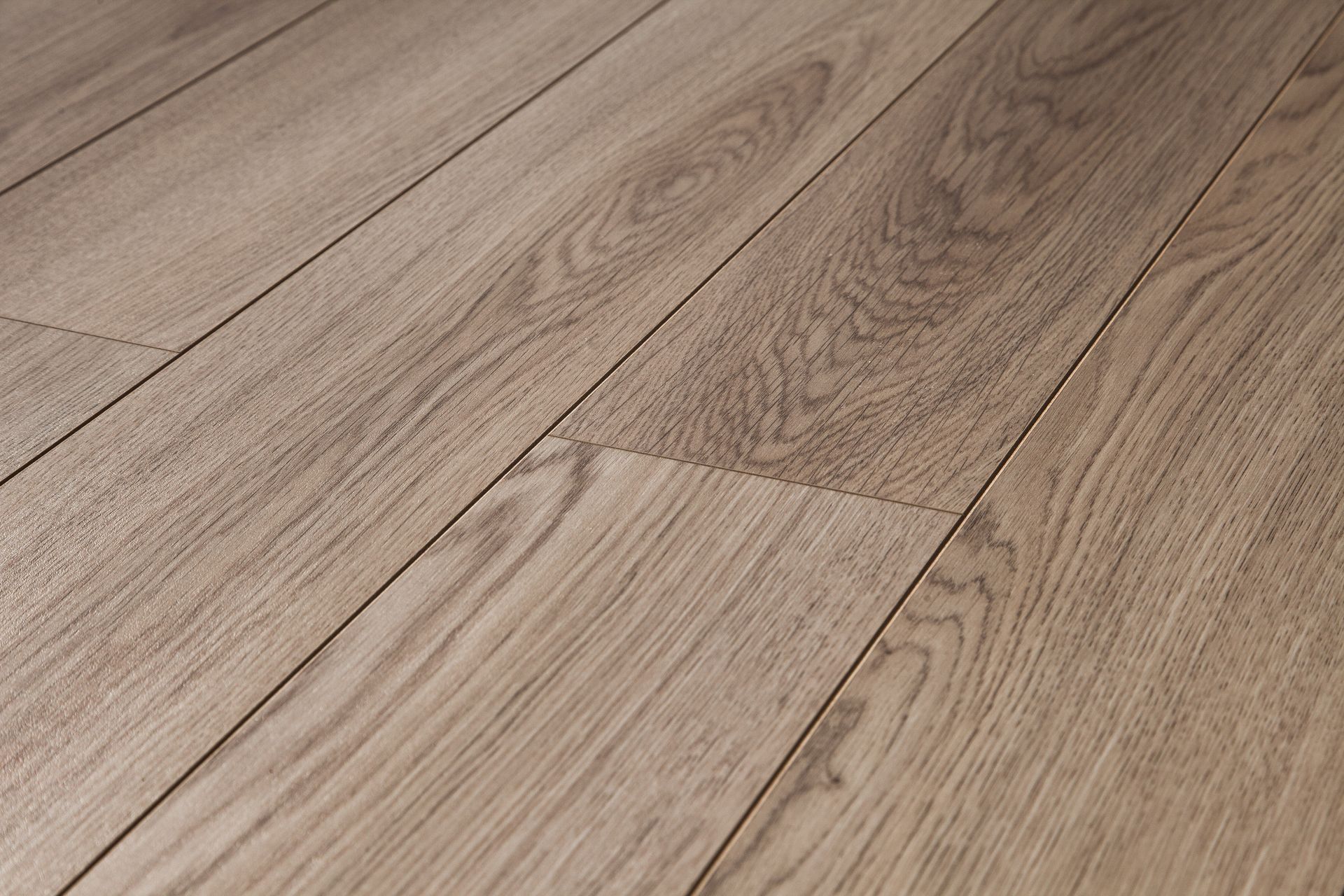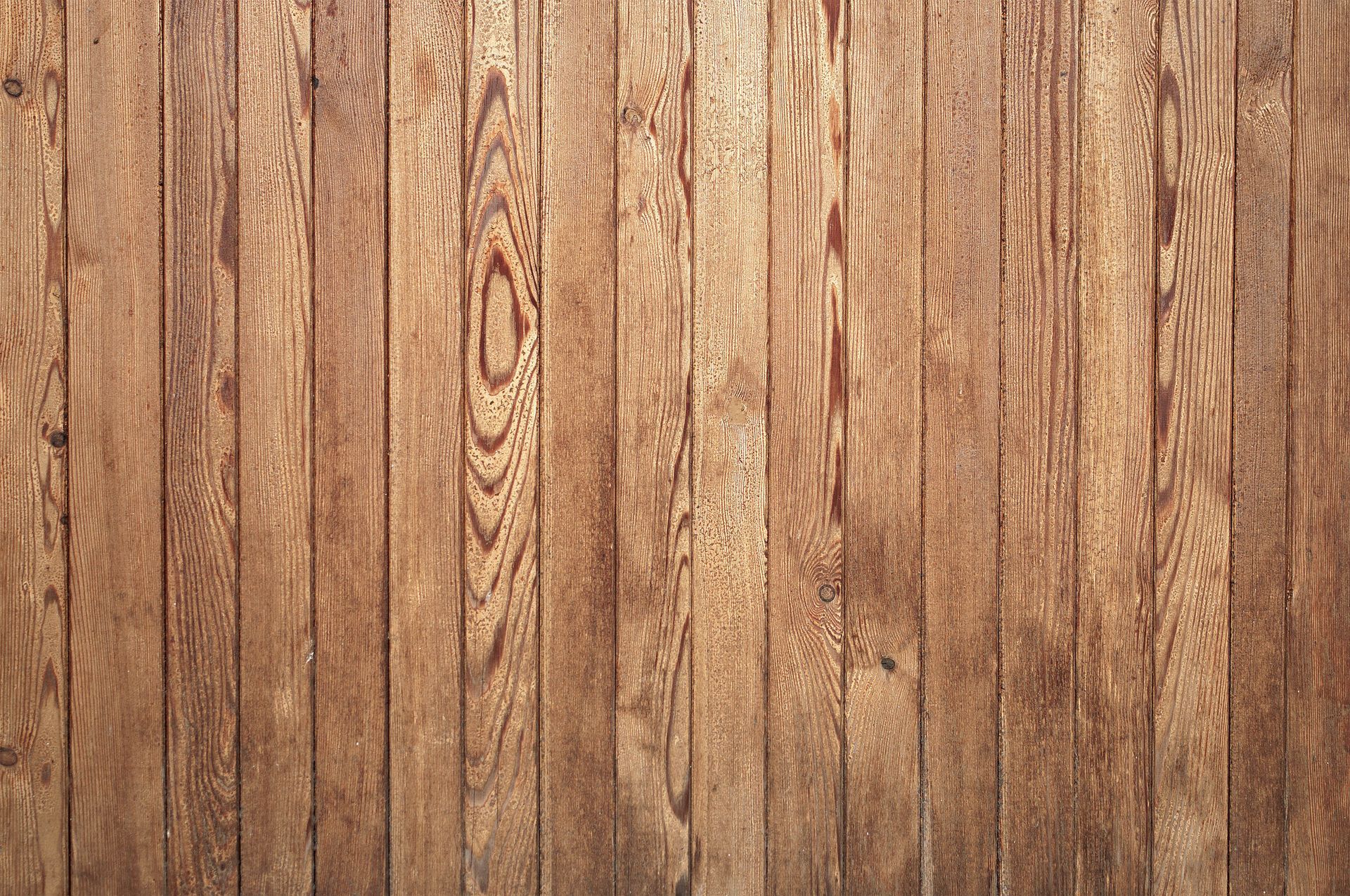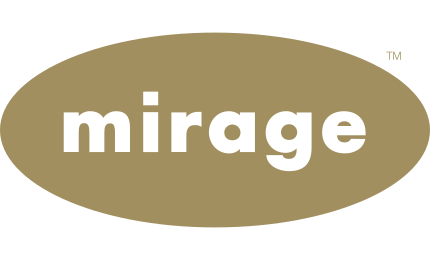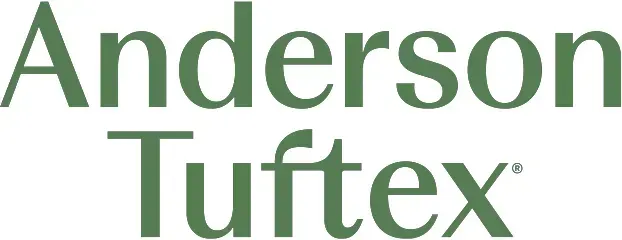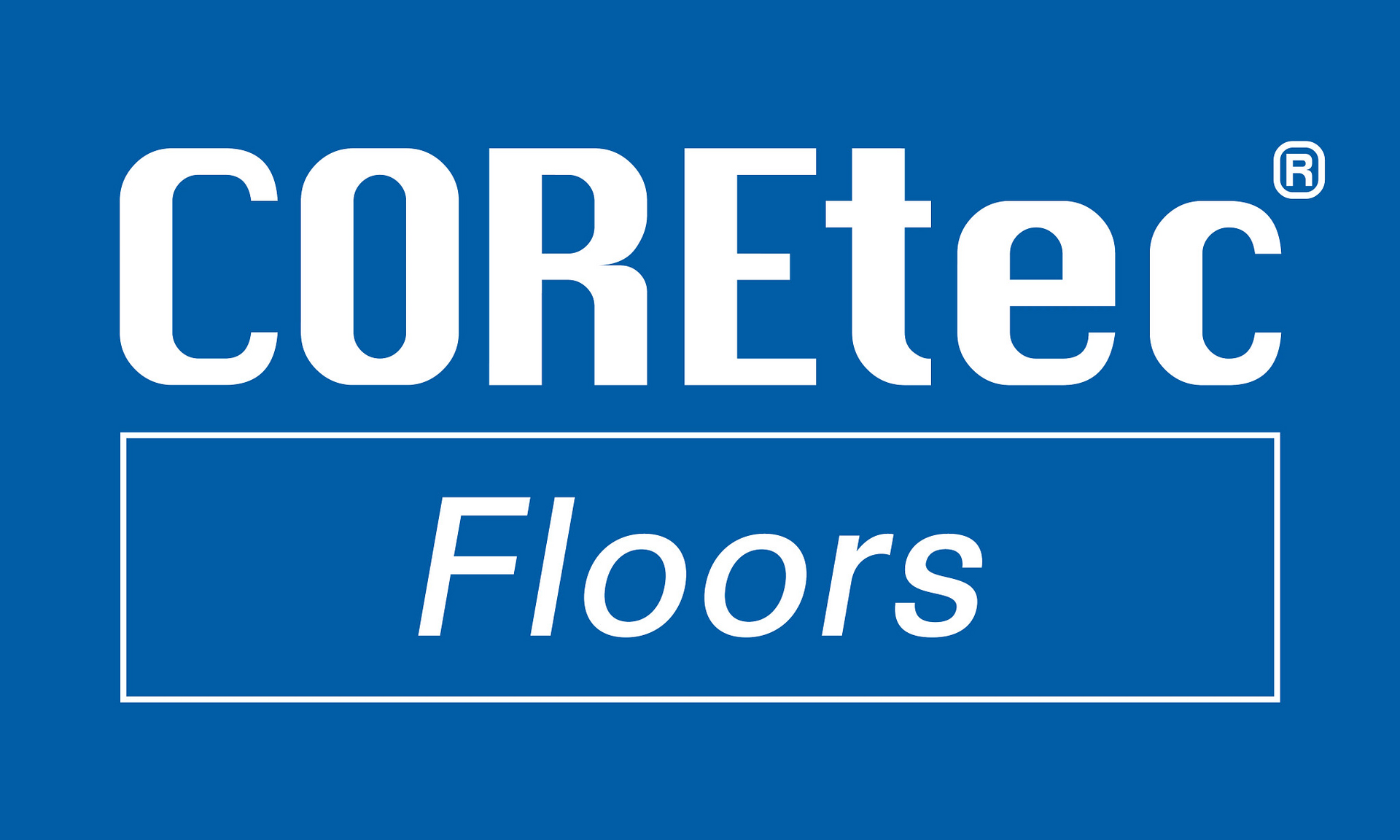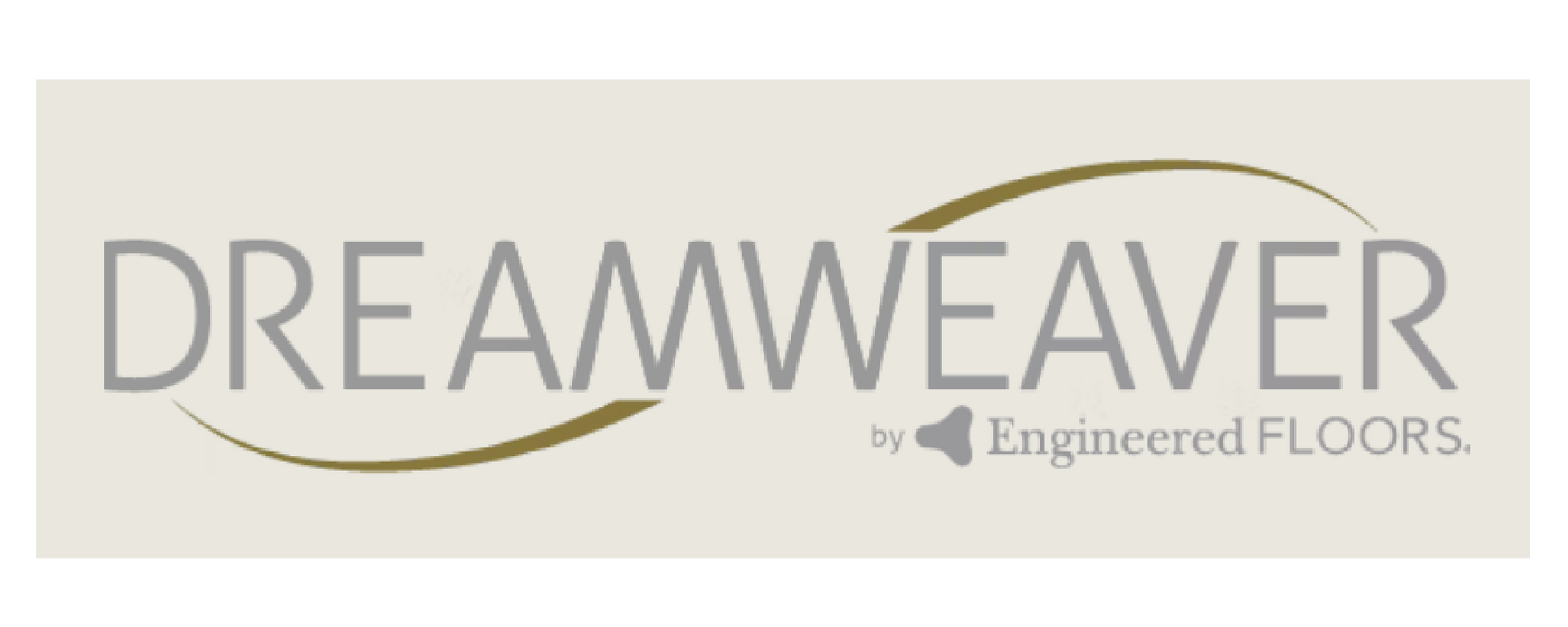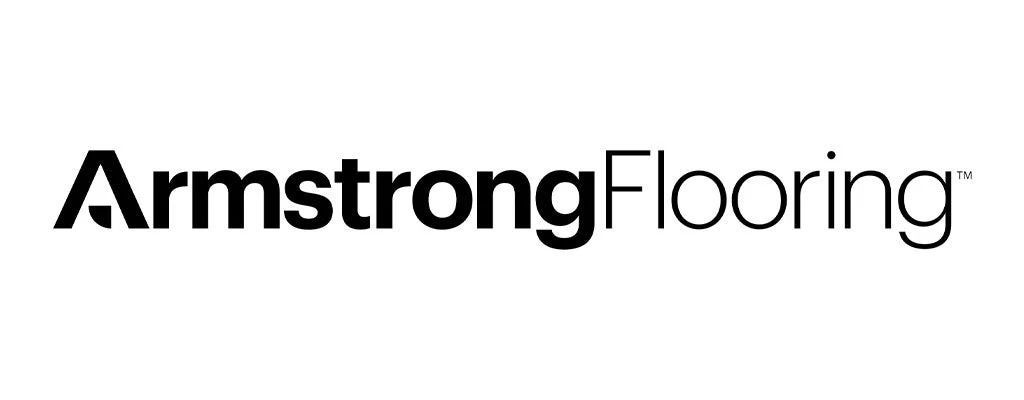Having Trouble Deciding What Hardwood to Buy?
The Selection Process
Are you having a hard time choosing the perfect hardwood for your home? Look no further, we are here to help! We have compiled all the different options available for hardwood to help you narrow down your selection and navigate through this process. There are several key factors to consider in order to ensure that you make the best choice for your space. By taking all these factors into consideration, you can make an informed decision that enhances the beauty and functionality of your space with hardwood flooring.
Solid vs. Engineered Hardwood When shopping for your new floors, it is important to know that hardwood comes in both solid and engineered forms. Solid hardwood is made from a single piece of natural wood. Each plank is milled from a single piece of timber, making it highly durable and capable of being sanded and refinished multiple times. Solid hardwood is known for its timeless beauty and can last for decades if properly maintained. However, it is sensitive to changes in humidity and temperature, which can cause it to expand or contract. Engineered hardwood, on the other hand, is made from layers of wood, with a real hardwood veneer on top and a plywood or high-density fiberboard core. It's more stable and resistant to humidity than solid hardwood, making it suitable for various environments. Engineered hardwood looks like real wood, can be installed in multiple ways, is generally more affordable, and can sometimes be refinished depending on the thickness of the veneer thickness.
Solid hardwood is a great option if you are looking for something in your home that can be refinished multiple times within its lifetime. Meanwhile, engineered hardwood offers a wider selection of finishes, plank width, plank length, and is generally more affordable. Take a look at the physical difference between a solid and engineered hardwood plank, displayed in the image below.
*A plank of solid wood (left) next to a plank of engineered wood (right)*
Solid vs. Engineered Hardwood When shopping for your new floors, it is important to know that hardwood comes in both solid and engineered forms. Solid hardwood is made from a single piece of natural wood. Each plank is milled from a single piece of timber, making it highly durable and capable of being sanded and refinished multiple times. Solid hardwood is known for its timeless beauty and can last for decades if properly maintained. However, it is sensitive to changes in humidity and temperature, which can cause it to expand or contract. Engineered hardwood, on the other hand, is made from layers of wood, with a real hardwood veneer on top and a plywood or high-density fiberboard core. It's more stable and resistant to humidity than solid hardwood, making it suitable for various environments. Engineered hardwood looks like real wood, can be installed in multiple ways, is generally more affordable, and can sometimes be refinished depending on the thickness of the veneer thickness.
Solid hardwood is a great option if you are looking for something in your home that can be refinished multiple times within its lifetime. Meanwhile, engineered hardwood offers a wider selection of finishes, plank width, plank length, and is generally more affordable. Take a look at the physical difference between a solid and engineered hardwood plank, displayed in the image below.
*A plank of solid wood (left) next to a plank of engineered wood (right)*
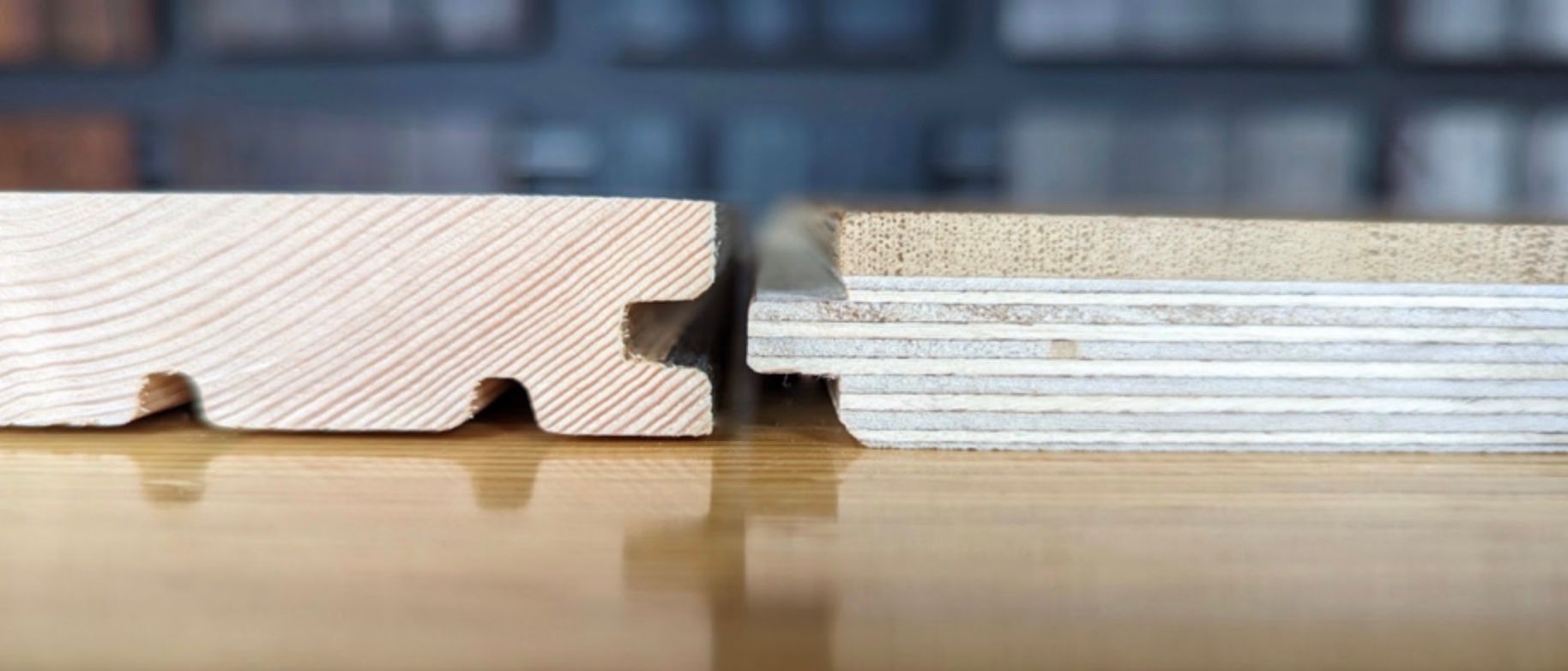
Wood Species
There are numerous wood species used in hardwood flooring, each offering distinct characteristics and aesthetic qualities that can significantly impact the overall look and feel of a space. Hardwood options like oak and maple are particularly popular for their exceptional durability and rich grain patterns that add depth and beauty. Oak, available in both red and white varieties, is well-known for its remarkable strength and versatility, making it a favored choice among homeowners. Meanwhile, maple is often chosen for its fine, uniform grain and light, airy color that can brighten up any room. Other species, such as hickory, are highly valued for their striking color variations and impressive hardness, which makes them particularly suitable for high-traffic areas that demand resilience. On the softer side, pine brings a rustic charm to interiors with its warm tones and distinctive knots, adding character and warmth. Each wood species not only contributes to the visual appeal of a given space but also plays a crucial role in influencing the flooring's performance, durability, and maintenance requirements over time.
It is important to consider all factors when selecting a wood species. Some may prefer to go with a modern yet durable white oak, while others may want to go for something a little more eccentric, like hickory or maple. The beauty of hardwood is that not one single plank is like another and that the selection of hardwood offered is so vast, suitable for everybody’s personal style.
*From left to right; front entry with oak floors installed; dining room and kitchen with large dining table in the middle with hickory installed.*
It is important to consider all factors when selecting a wood species. Some may prefer to go with a modern yet durable white oak, while others may want to go for something a little more eccentric, like hickory or maple. The beauty of hardwood is that not one single plank is like another and that the selection of hardwood offered is so vast, suitable for everybody’s personal style.
*From left to right; front entry with oak floors installed; dining room and kitchen with large dining table in the middle with hickory installed.*
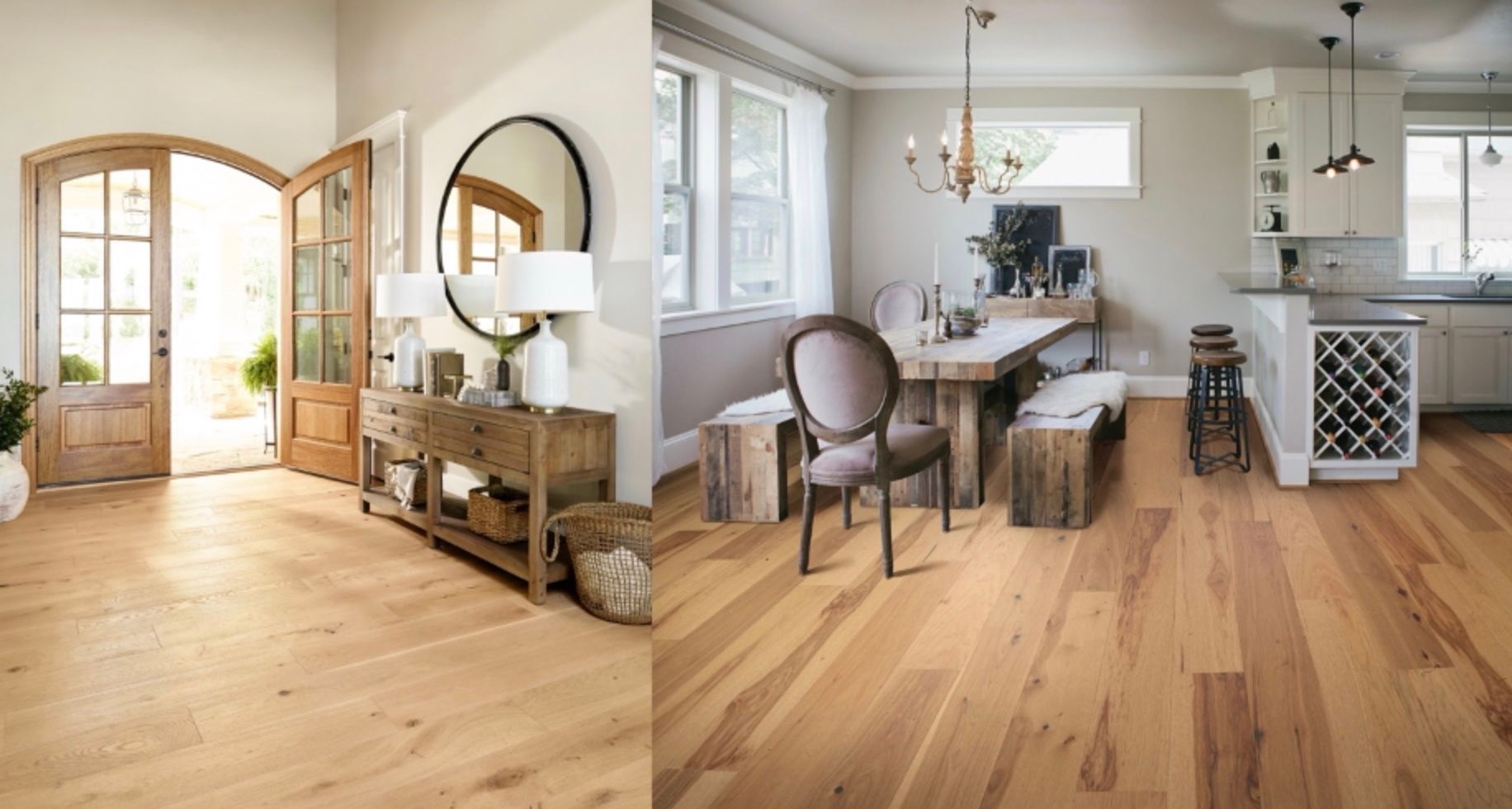
Budget
When considering hardwood flooring, plank width plays a significant role in the overall aesthetic and feel of a space. Wider planks, typically ranging from 5 to 7 inches, create a more open and contemporary look, while narrower planks, usually around 2 to 4 inches, offer a traditional and classic appearance. The choice of plank width can also influence the perception of room size; wider planks often make a room appear larger, whereas narrower planks can add a sense of coziness. Additionally, plank width affects installation and maintenance considerations; wider planks may require a more stable subfloor to prevent warping. Ultimately, the ideal width depends on personal style, the size of the room, and the desired ambiance.
Care and Maintenance Hardwood requires more maintenance than other floors like LVP or laminates. Here are some tips and tricks to help you care for your hardwood!
Additional Tips ardwood requires upkeep to keep your floors looking beautiful for the years to come. Taking care of your hardwood is an investment. Here are some tips to help keep your floors lasting for decades.
Contact Us We hope you are one step closer to finding your floors and creating the space of your dreams. We now encourage you to reach out to our team, in this valuable step you will continue to the explore the possibilities of hardwood flooring backed by our knowledgeable staff. We can provide insights into the various types of hardwood available, including their benefits, maintenance requirements, and design suitability. Whether you're considering traditional options or more contemporary finishes, we are here to help you make an informed decision. We invite you to contact us to discuss your specific needs and preferences, ensuring you find the perfect hardwood solution for your home or business. In addition, we highly recommend taking the time to visit one of our showrooms, located in Kent and Bellevue, to browse through our wide variety of hardwood selections. We look forward to speaking with you soon!
Care and Maintenance Hardwood requires more maintenance than other floors like LVP or laminates. Here are some tips and tricks to help you care for your hardwood!
- Dusting daily is recommended to help prevent scratches. Dusting removes dirt from the floor, so it isn’t dragged on the wood when people walk around.
- Using microfiber cloths help draw up more dust and allergens, you can also sweep or dry mop. Be sure to use soft bristles, if sweeping.
- Vacuuming weekly with a hardwood safe vacuum is recommended to get all debris off the floor.
- You can do occasional mopping with a specific wood cleaner used to treat stains that is made specifically for your floors finish, be careful not to use water or steam.
- Wipe up any spills right away and don’t let liquid sit as moisture can warp hardwood.
Additional Tips ardwood requires upkeep to keep your floors looking beautiful for the years to come. Taking care of your hardwood is an investment. Here are some tips to help keep your floors lasting for decades.
- Always put pads underneath heavy furniture, especially when moving furniture.
- Place rugs at all entrances to collect moisture and dirt, to keep it from being tracked into the home.
- Trim your pet’s nails often.
- Maintain a well balanced humidity throughout your home.
Contact Us We hope you are one step closer to finding your floors and creating the space of your dreams. We now encourage you to reach out to our team, in this valuable step you will continue to the explore the possibilities of hardwood flooring backed by our knowledgeable staff. We can provide insights into the various types of hardwood available, including their benefits, maintenance requirements, and design suitability. Whether you're considering traditional options or more contemporary finishes, we are here to help you make an informed decision. We invite you to contact us to discuss your specific needs and preferences, ensuring you find the perfect hardwood solution for your home or business. In addition, we highly recommend taking the time to visit one of our showrooms, located in Kent and Bellevue, to browse through our wide variety of hardwood selections. We look forward to speaking with you soon!


